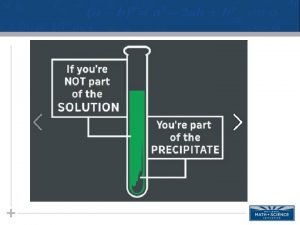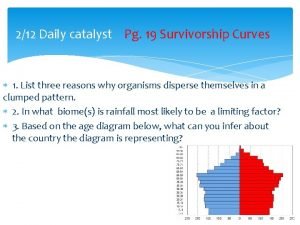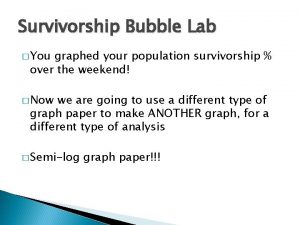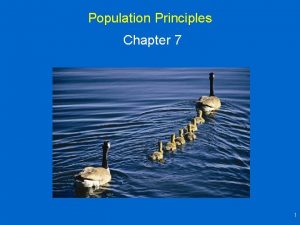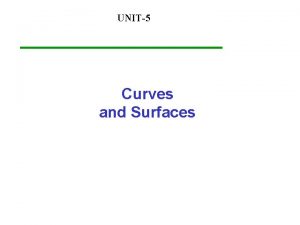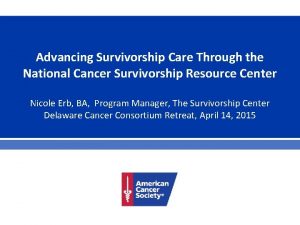D Survivorship and Selection Type 1 Survivorship curves





![1000 Type I 100 Type II Number of survivors [log scale] 10 Type III 1000 Type I 100 Type II Number of survivors [log scale] 10 Type III](https://slidetodoc.com/presentation_image_h2/994e22be1cc7a43d1d0025c33cd1f82b/image-6.jpg)





![1000 100 Number of survivors [log scale] 10 Type III 0 0 20 40 1000 100 Number of survivors [log scale] 10 Type III 0 0 20 40](https://slidetodoc.com/presentation_image_h2/994e22be1cc7a43d1d0025c33cd1f82b/image-12.jpg)




![1000 Type I 100 Type II Number of survivors [log scale] 10 0 0 1000 Type I 100 Type II Number of survivors [log scale] 10 0 0](https://slidetodoc.com/presentation_image_h2/994e22be1cc7a43d1d0025c33cd1f82b/image-17.jpg)

- Slides: 18

D. Survivorship and Selection Type

1. Survivorship curves: tell us how long individuals survive in a population

type I species with a high survival rate of their young most individuals are expected to die only when old eg. humans

type II: - species in which individuals die at a constant rate from hunting, disease, etc. - eg. squirrels, bees, most reptiles

type III: - species with most individuals die when young - many babies are born, but few survive very long eg. tobacco, salmon, oysters
![1000 Type I 100 Type II Number of survivors log scale 10 Type III 1000 Type I 100 Type II Number of survivors [log scale] 10 Type III](https://slidetodoc.com/presentation_image_h2/994e22be1cc7a43d1d0025c33cd1f82b/image-6.jpg)
1000 Type I 100 Type II Number of survivors [log scale] 10 Type III 0 0 20 40 60 Percent of life span 80 100

2. ‘r’ and ‘K’ selection a. ‘r’ refers to species whose population is well below the carrying capacity and so can still grow exponentially with a rate ‘r’ b. ‘K’ refers to populations that are almost at the carrying capacity [K] c. ‘r’ and ‘K’ refer to different strategies that will ensure the survival of the species d. the environment, size of the organism, number & size of offspring, maturity, life expectancy and frequency of reproduction all influence this

‘r’ strategy unstable environment, density independent

small size of organism energy used to make each individual is low

many offspring are produced early maturity

short life expectancy each individual reproduces only once
![1000 100 Number of survivors log scale 10 Type III 0 0 20 40 1000 100 Number of survivors [log scale] 10 Type III 0 0 20 40](https://slidetodoc.com/presentation_image_h2/994e22be1cc7a43d1d0025c33cd1f82b/image-12.jpg)
1000 100 Number of survivors [log scale] 10 Type III 0 0 20 40 60 Percent of life span 80 100

‘K’ strategy stable environment, density dependent

large size of organism energy used to make each individual is high

few offspring are produced late maturity, often after a prolonged period of parental care

long life expectancy individuals can reproduce more than once
![1000 Type I 100 Type II Number of survivors log scale 10 0 0 1000 Type I 100 Type II Number of survivors [log scale] 10 0 0](https://slidetodoc.com/presentation_image_h2/994e22be1cc7a43d1d0025c33cd1f82b/image-17.jpg)
1000 Type I 100 Type II Number of survivors [log scale] 10 0 0 20 40 60 Percent of life span 80 100

handout; work on parts B and C
 Type 1 and 2 survivorship curve
Type 1 and 2 survivorship curve Type 1 survivorship examples
Type 1 survivorship examples Two way selection and multiway selection
Two way selection and multiway selection Multiway selection
Multiway selection Procedure of pure line selection
Procedure of pure line selection K selected species survivorship curve
K selected species survivorship curve K selected species survivorship curve
K selected species survivorship curve How to calculate survivorship
How to calculate survivorship Bubble survivorship lab
Bubble survivorship lab Survivorship curve maker
Survivorship curve maker Population ecology def
Population ecology def Survivorship bias
Survivorship bias Survivorship vancouver
Survivorship vancouver Population growth curve
Population growth curve Balancing selection vs stabilizing selection
Balancing selection vs stabilizing selection Similarities
Similarities K selection r selection
K selection r selection Natural selection vs artificial selection
Natural selection vs artificial selection Difference between continuous and discontinuous variation
Difference between continuous and discontinuous variation
